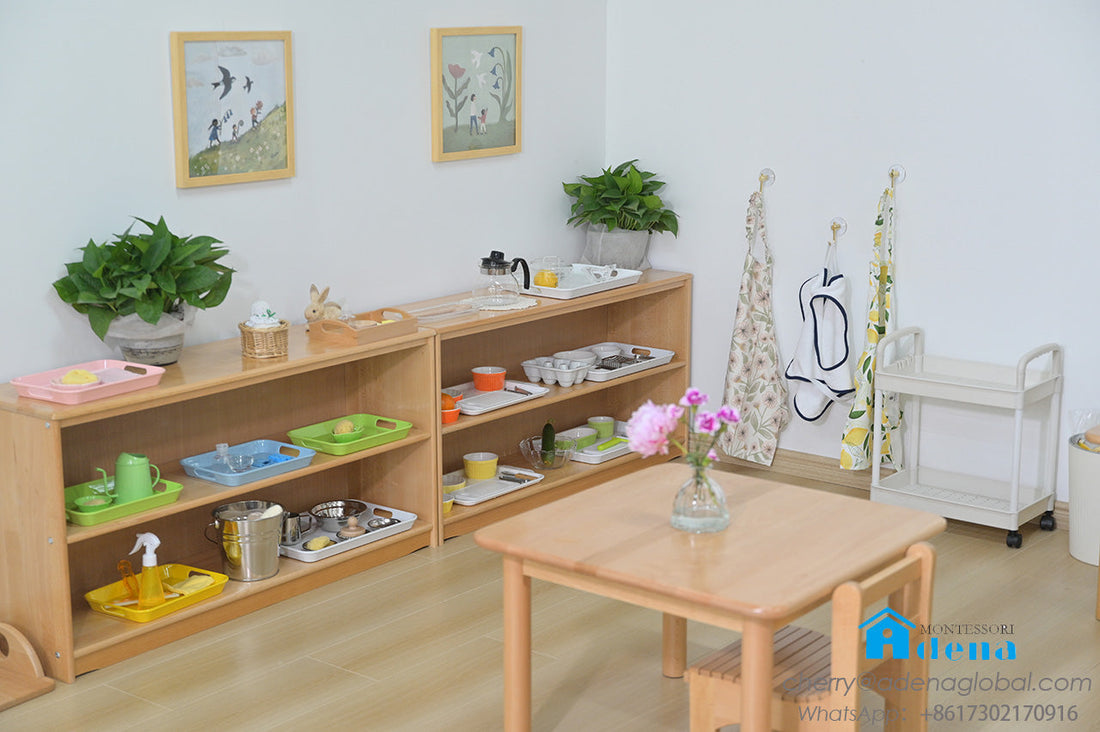
Montessori Education | Why is there only one set of materials in a Montessori classroom?
Share
People who have visited a Montessori classroom might wonder:
There is only one set of materials for each activity in a Montessori classroom. What happens if several children want to use the same material? Will they fight over it?

The Montessori method aims to provide young children with a real and meaningful learning experience through carefully selected materials and learning tools.
The minimalist approach is incorporated into the selection of materials to ensure the classroom does not overwhelm the students.
Children benefit from thoughtfully curated materials that enable them to focus, solve problems, and experience a sense of accomplishment. Importantly, the materials available to children spark their interest, allowing them to engage with them until they are ready to move on to another activity.
Each material is designed to promote specific developmental skills such as gross and fine motor skills, sensory development, and cognitive growth.

✔️ For children, less is more when it comes to toys. An excessive number of materials in the environment can negatively impact children's exploration interest and focus.
✔️ Each material in the Montessori environment has an educational purpose and is related to a specific educational activity. Having only one set of materials helps children learn to respect, wait, and cooperate. It teaches them to recognize others' needs and understand that when their needs are not met, there are many other choices available, thus fostering respect for others and patience.
✔️ Children aged 0-6 are in the sensitive period for order. Fixed positions for each Montessori material cultivate children's sense of order and safety, laying the foundation for them to independently complete the Montessori three-step work cycle (taking the material, working with it, and returning it).
✔️ Children aged 0-6 have an absorbent mind, allowing them to absorb everything in their environment. When the work they want to do is occupied, they can choose to do other work or observe and wait. By observing others using the materials, children can learn new things.
✔️ Having only one set of materials encourages group cooperation and helps children develop the ability to share limited resources. Older children can practice leadership in small group work, while younger children learn to share and cooperate.



